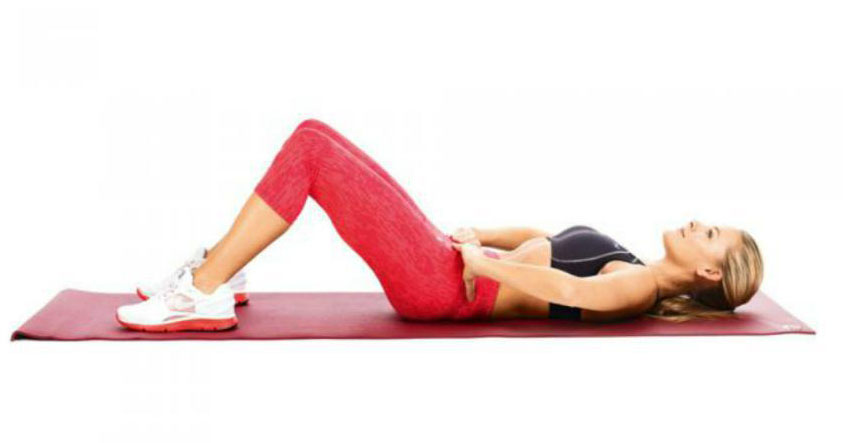
Proper Pelvic Floor Muscle Activation- The breath work

When asked to show me how you do a "kegel exercise", about 80% of my patients perform it incorrectly. In fact, most often they perform the exact opposite what should be done, thus potentially making their pelvic floor dysfunction worse! I like to refer to "kegel exercises" as pelvic floor muscle (PFM) activation. Before we discuss how to perform a proper PFM activation, it is worth mentioning who could benefit from these exercises:
- Women and men with urinary and fecal incontinence
- Women experiencing prolapse
- Women and men experiencing pelvic girdle pain
- Women and men experiencing sexual dysfunction
- Pregnant and postpartum women
- Middle-aged and older women
A successful PFM activation program depends on performing the technique properly and on a regular basis. The beauty of this exercise program is that once you know how to do it correctly, you can perform it anywhere and anytime. Although initially it is recommended to set aside a specific time and complete the exercises in a quiet space.
First thing first- I like to start with a quick examination and instruction on the breath.
- Lying on your back with both knees bent and a pillow under the knees.
- Place one hand on the upper abdomen. Feel the rhythm of your breath.
- You should feel is the belly rise during your inhale and the belly pull away/down during your exhale.
- Now, consciously inhale through your nose and exhale through your mouth as if you are blowing out of a straw. This should be smooth and soft. Pay extra attention that during your exhale your belly moves away/down and not bulging out/up into your hand!
Engaging the Transverse Abdominis (TrA) muscle. In the previous blog, we discussed how the TrA is a key component of the front of the trunk (the box). Learning to engage this muscle will help recruit and co-activate the PFMs.
- Continue breathing as mentioned above.
- Place your fingertips on the bony landmark (anterior superior iliac spine) on either side of your pelvis about the level of your belly button. This is where the TrA attaches.
- As you exhale out your mouth while the belly is moving down/away create some tension in your lower abdominal just to the level of the belly button. Be mindful to still feel the belly move down and away and not bulge out/up.
- Although you might visualize as if you are trying to get into "skinny jeans", do not hold your breath and do not just try to suck in your stomach!
- You should not be bearing down or increasing your intra-abdominal pressure if you are doing this exercises correctly.
- Think soft and smooth with every breath as you increase tension under the fingertips.